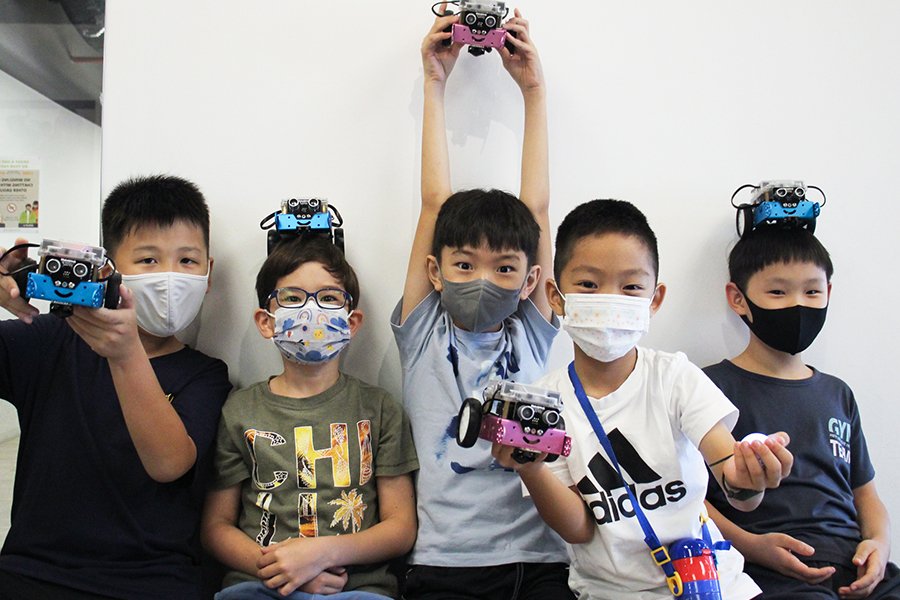Exploring Different Learning Styles at Coding Lab
Have you ever looked into our Coding Lab classes through our glass doors? It's a common sight to see our future leaders in technology wide-eyed with wonder during classes, and parents sometimes find themselves intrigued by what goes on in our classes. Our students are immersed in and captivated by our MIT-inspired curriculum, colourful material and learning experiences that the global Coding Lab Team has curated for them. Have you ever wondered why or how?
Our MIT-inspired coding curriculum taps on the various learning styles to make classes fun and engaging for all ages!
From our Junior Coders Programme for tiny tots ages 5-6 all the way to the Advanced Electives for our teenagers ages 13-18, every lesson is an exciting adventure with our passionate educators that will take our students to the next level of programming! As they have fun exploring and experiencing a wide range of Science, Technology, Engineering and Mathematics (STEM) related topics, our students will also experience learning through different styles and ultimately grow to become more adaptable.
What are the different learning styles for students?
Learning styles are the various unique ways that one processes and retains new information and skills. It is more about how students learn rather than what they learn. We have two questions on your opinions of learning styles:
Q1: Do individuals learn better when they receive information in their preferred Learning Style?
Q2: Does teaching to a student's learning style enhance learning?
If you agreed and ticked Yes to both questions - this is the Learning Style Theory myth. We'll start off with debunking this myth: there is no ONE learning style for each individual that will produce better learning outcomes.
Instead, people usually possess more than one learning style. There may be one or more dominant styles but that may change over time, and each person has their own unique profile. It also may not predict how one would prefer to be taught or the way that they would study on their own. What has shown to have more effective and deeper learning are the process of learning through various styles, having interactions, engagement and a positive and supportive environment.
Have you heard of VARK? It's the most commonly known model of learning styles developed after many hours of classroom observation. The acronym stands for Visual, Audio, Read/Write and Kinaesthetic (VARK). Find out more about these four main modalities below:
How exactly do students benefit from different learning styles in class?
Our excited Young Computer Scientists posing with their mBots after class!
In each class, there are various mixed methods for learning being used. From the colourful, visual drag-and-drop Scratch and MIT App Inventor programming languages and watching their codes come alive, to the music they code, and colourful workbook companions for each course, our courses appeal to various learning styles and help each student grow to their fullest potential.
As we expose our students to a diverse range of coding applications and learning styles, this taps on the various learning styles and takes their learning experience to the next level. They become more adaptable as they pickup knowledge with different learning styles. With relevant learning material taught in various engaging and exciting ways, we pique their interest and students better retain the material and skills that they learn in classes.
Fun Fact!One of our students' hot favourites includes getting hands-on coding on their laptop screens or phone screens, and especially when they tinker with robotics such as the Photon, mBot and Micro:bit.
Each and every student is different, and there is no one learning style or dominant style that we aim to teach. At Coding Lab, we recognise that people usually possess more than one learning style, so our curriculum and educators give our students the space to explore as many learning styles as possible. This sparks their interest in the learning material, engaging them so that they will become more adaptable, knowledgeable and effective learners in the future!
(Written by Cheryl Tang and Zulaikha)


